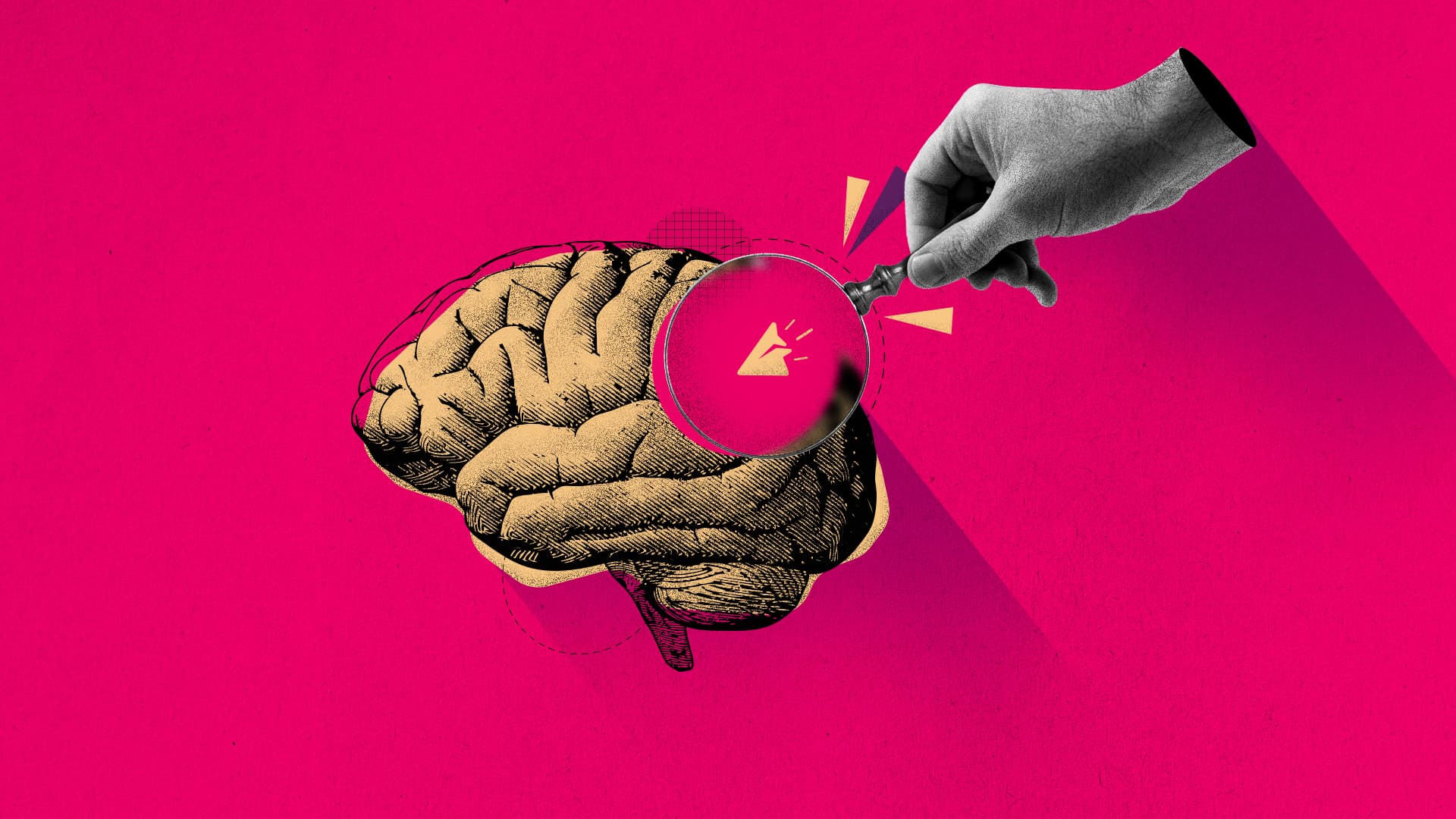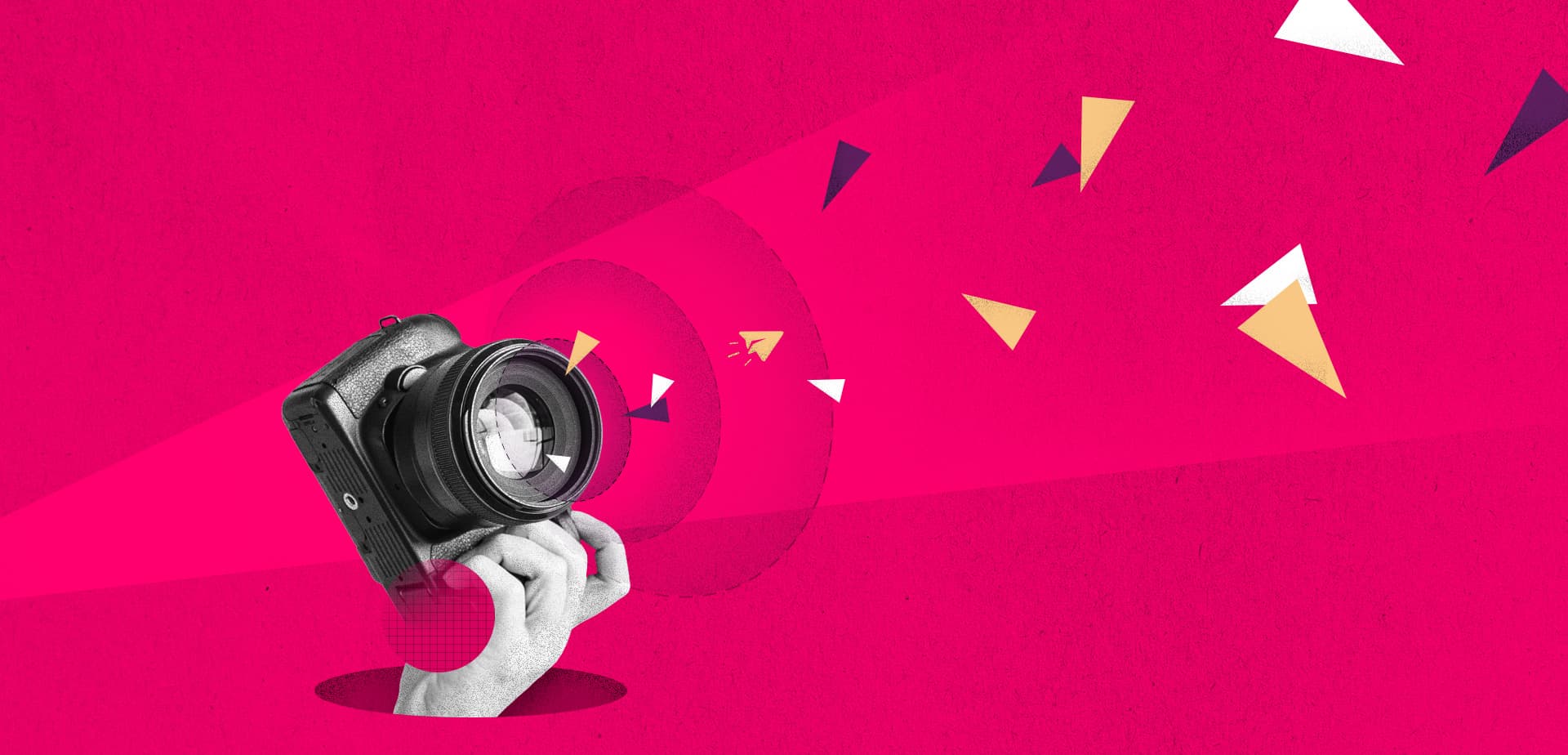What’s your story?
Using storytelling for B2B success in a distracted world.

Overloaded with news, emails, social media and adverts, humans are naturally becoming self-filtering experts. A constant influx of facts, opinions and images restricts information retention which, for businesses aiming to leave a lasting impression on prospective clients, is challenging.
Neuropsychologist, Dr Kenneth Freundlich, notes that our working memory can hold fewer than ten items at a time. So, being repetitively bombarded with far more information than we can process is proven to be detrimental, eroding the ability to make good decisions. Furthermore, he warns that when we continually burden the system by trying to store too much, the brain loses some of its long-term processing power.
As work life and home life have merged into a more digital-first, hybrid workplace, it is harder than ever for B2B brands to cut through; business communications are lost in the din of the overall information overload of life and less compartmentalised. As marketers, this can lead us to question our ability to drive attention and action when individuals are actively disengaging.
With studies suggesting that it takes at least seven touchpoints to win a new B2B client, how can you make sure that every interaction is impactful?

Finding future customers
Thankfully, we now have solid research that offers hope. However, few B2B marketing teams seem to have taken the step to turn this insight into action.
Despite only 5% of B2B buyers being in-market at any one time, it appears that when they are, the positive impact of previous brand building efforts does deliver results. However, many B2B marketers are missing out because they’re running sporadic campaigns that don’t keep their company top-of-mind.
Compared to their B2C counterparts, they’re spending less on media and delivering shorter campaigns, across fewer channels. And a lot of B2B marketers seem unwilling to part with this strategy, despite seeing limited success but the evidence is there; statistics show that campaigns become more effective the longer they run, the wider they’re spread across media channels, and with more spend behind them.
According to the IPA databank, which analysed 500 profit brands, sales activations (short-term offers) show a steady spike and uplift, followed by a sharp drop off, before the next one is applied. And this pattern repeats.
Meanwhile, brand building works on a slower burn, with receptiveness seen to climb in steady steps. This more emotive tactic generates longer term sales growth and a stronger share of voice.
Furthermore, within organisations, B2B marketing teams are typically smaller than the sales team. This is often reflected in sales-led campaigns that only target lookalike profiles of current buyers, as opposed to marketing campaigns that go broader and seek new pools of opportunity.
Striking the right balance
The unbalance between marketing and sales (and the tough targets of sales teams in the current climate) also means that campaigns and communications are often focused on performance and product-led messages. While these are vital when someone’s in market comparing possible suppliers, they fail to warm up the 95% who are not.
The optimum balance between brand and performance in B2B is around 50/50, which is different to the B2C ratio that’s 60/40 in favour of brand. However, data from the B2B Institute shows that this golden formula of balancing brand and performance marketing are not being followed. Considering that B2B marketeers should be spending half their budget on 95% of their brand communications, the stories they tell need to be highly memorable.
We might hypothesise that the B2B audience is more welcoming to information that advances their own business goals, generate revenue, or ease workload but this can easily be filtered out if they don’t recognise the human behind those needs.This is where brands who understand their potential audience and the promise their business can make them win. It’s about finding the story and telling it with a finesse that’s impactful.
Impactful formats for a standout story
Many B2B advertisers can be fearful of brand communications, thinking that it requires big-budget investment on projects like TV ads. But this is not the case. In the seven touchpoints we referenced earlier, multiple formats from face-to-face to digital can be employed. However, for brand storytelling to be effective at scale, the best way to achieve this is through video content. A study done by AdWeek shared that 83% of businesses gain lead generation from video and 94% of marketers attest that video accelerates user understanding and audience connections.
With mobile devices becoming the primary gateway, brands are pivoting towards YouTube and TikTok. This highlights the immense potential of video advertising to drive conversions and elevate brand engagement. According to Forbes, social video generates 1200% more shares than text and image content combined. And viewers retain 95% of a message when they watch it in a video, compared to 10% when reading it in text.
Yet even when they’re armed with this information, the question that marketers still ask is how they can distinguish themselves.

Telling a different story
In an era where every agency has the exact same superpower – the ability to target any audience exactly where they are with a personalised message – the only way to win is to play differently.
This means creating moments using storytelling, with depth that audiences will seek out, giving them a reason to react to the mass of activations, campaigns, and messages that they see.
This is especially true when considering the B2B buyer; they have a far greater scale of responsibility for their purchases, with decisions they make with the potential to affect the entire business. Consequently, they need a higher perceived value than a B2C buyer.
And the story is just beginning…
Despite the accuracy of our marketing efforts, through the volume of communications, we’ve trained modern audiences to ignore messages. However, according to psychologists Green and Brock, peoples’ attitudes, hopes, fears and values are still strongly influenced by stories.
In one study, they revealed how storytelling affects the human mind, with fiction shown to be more effective at changing beliefs than logical arguments. As well as driving the audience to feel affinity with the brand, according to research, 71% of B2B buyers purchase when they see personal value in a business. Plus, nearly three quarters say that they’re willing to pay a higher price to do business with a brand that they believe in.
Meanwhile, best-selling business author, Peter Guber, tells us that stories can also function as Trojan Horses. The audience accepts the story because, for a human, a good story always seems like a gift. But the story is in fact a delivery system for the teller’s agenda; a trick for sneaking a message into the mind.
Since time began, stories have been used as a tool for mass communication, resulting in a transformation and action. However, while B2C brands have long seen this as a potential to drive awareness, B2B marketers are failing to take advantage of this. The best way to get B2B sellers to adopt this strategy is to remind them that evidence shows that, whatever the audience, emotion outweighs logic every time.